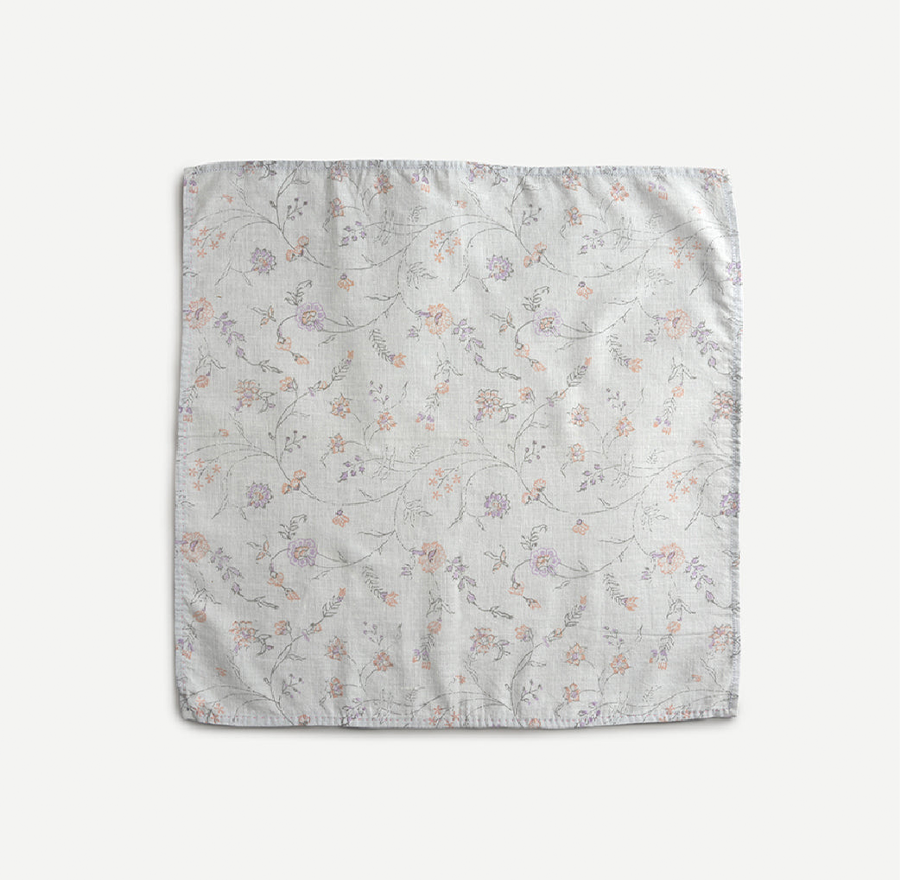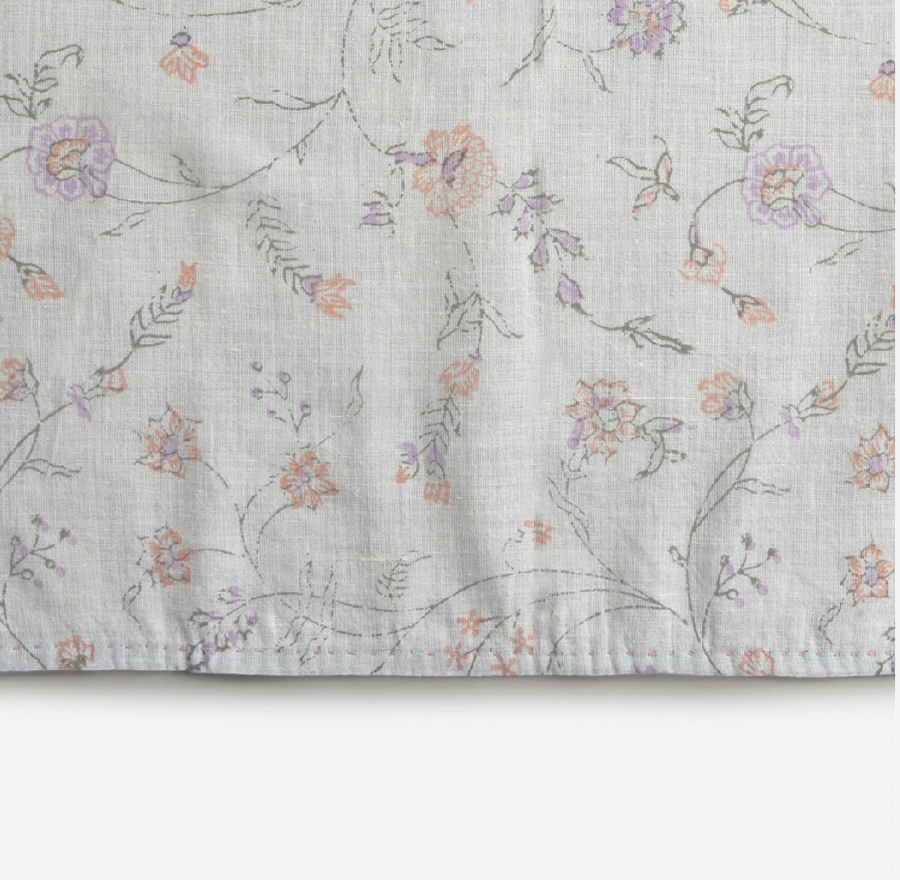CELESTA NOIR TABLE MAT
To enhance your dining experience, while protecting your precious table.
To enhance your dining experience, while protecting your precious table.
Craft Type: Tangliya Weave
An indigenous craft practised for over 700 years by a dexterous community of Dangasia weavers from the Saurashtra region of Gujarat in India. Also known as Daana weaving, this intricate art form requires a skilled hand and an acute eye for accuracy. Where tiny dots of weft are adroitly twisted around a number of warp threads, giving each piece of fabric a unique bead embroidery effect. Moreover, our linen is rendered on the indigenous rain-fed Kala cotton, famed to be one of the most carbon-efficient cottons in the world. Creating the perfect blend of art and resourcefulness.
This product is handcrafted and slight variations in colours, textures and forms are to be expected.
Made in: Gujarat
Material: Kala Cotton
Dimensions (cm): 46(L) x 33(B)
Dimensions (inches): 18.1(L) x 13(B)
Weight: 35 grams
No. of pieces in a set: 1, One Table Mat
- These textiles are primarily used by the cattle-herding communities from arid regions of India. Initially, only the Dangasia community had inherited the knowledge and skills required for the Tangalia weave. Later various communities from Gujarat and Rajasthan such as Gurjara, Maheshwari’s and Marwadas picked up this craft, each adding their own twist to it.
- Inspired by intricate patterns on woolen skirts of women from pastoral communities in Kutch, our weavers give the fabric a contemporary look that appeals to our global community.
- The essence of Tangaliya weaving is the compositions created by colourful dots, which are simultaneously stitched on both sides of the fabric.
- Tangalia weave is an extra weft weaving technique, very similar to embroidery, but more painstaking where the pattern is inlaid in the weft and warped by hand.
- This intricate process of twisting the weft while weaving creates beautiful geometric patterns and forms, resulting in a bead-like inlay that bejewels the final fabric.
DO:
- Wash each piece of fabric separately.
- Make sure to use a laundry bag while washing.
- Make sure to iron the fabric inside out.
DON'T:
- Tumble dry the fabric in the washing machine.
- Use any form of bleach or a harsh fabric cleaner.
- Description
- Process & Craft
- Care
Craft Type: Tangliya Weave
An indigenous craft practised for over 700 years by a dexterous community of Dangasia weavers from the Saurashtra region of Gujarat in India. Also known as Daana weaving, this intricate art form requires a skilled hand and an acute eye for accuracy. Where tiny dots of weft are adroitly twisted around a number of warp threads, giving each piece of fabric a unique bead embroidery effect. Moreover, our linen is rendered on the indigenous rain-fed Kala cotton, famed to be one of the most carbon-efficient cottons in the world. Creating the perfect blend of art and resourcefulness.
This product is handcrafted and slight variations in colours, textures and forms are to be expected.
Made in: Gujarat
Material: Kala Cotton
Dimensions (cm): 46(L) x 33(B)
Dimensions (inches): 18.1(L) x 13(B)
Weight: 35 grams
No. of pieces in a set: 1, One Table Mat
- These textiles are primarily used by the cattle-herding communities from arid regions of India. Initially, only the Dangasia community had inherited the knowledge and skills required for the Tangalia weave. Later various communities from Gujarat and Rajasthan such as Gurjara, Maheshwari’s and Marwadas picked up this craft, each adding their own twist to it.
- Inspired by intricate patterns on woolen skirts of women from pastoral communities in Kutch, our weavers give the fabric a contemporary look that appeals to our global community.
- The essence of Tangaliya weaving is the compositions created by colourful dots, which are simultaneously stitched on both sides of the fabric.
- Tangalia weave is an extra weft weaving technique, very similar to embroidery, but more painstaking where the pattern is inlaid in the weft and warped by hand.
- This intricate process of twisting the weft while weaving creates beautiful geometric patterns and forms, resulting in a bead-like inlay that bejewels the final fabric.
DO:
- Wash each piece of fabric separately.
- Make sure to use a laundry bag while washing.
- Make sure to iron the fabric inside out.
DON'T:
- Tumble dry the fabric in the washing machine.
- Use any form of bleach or a harsh fabric cleaner.
























